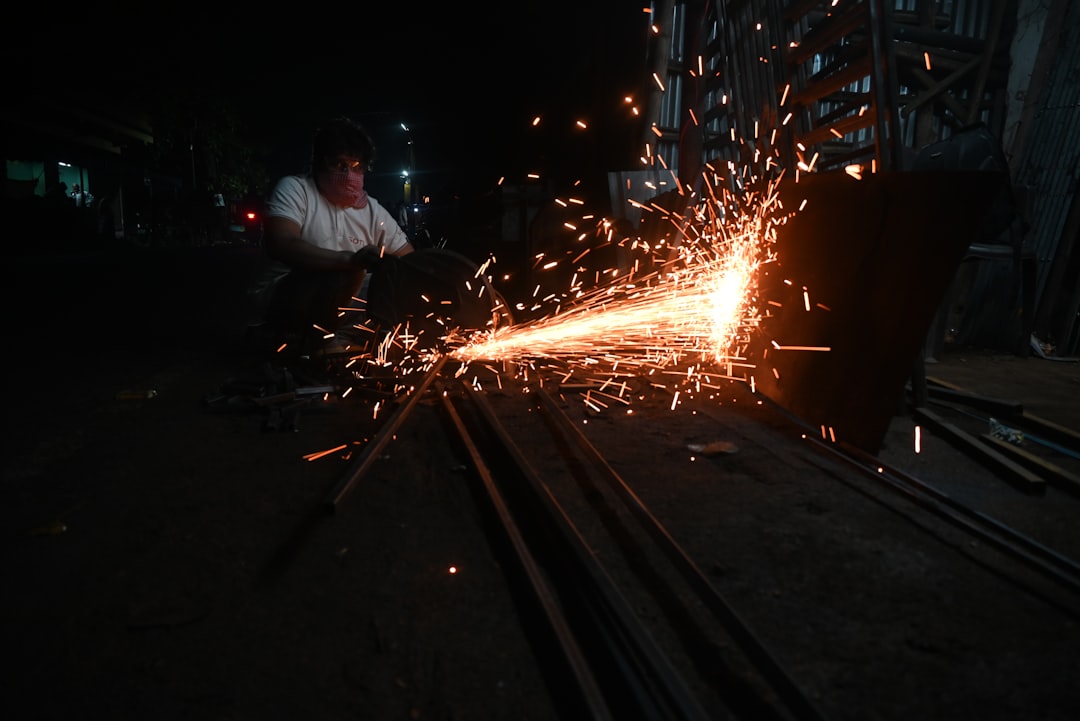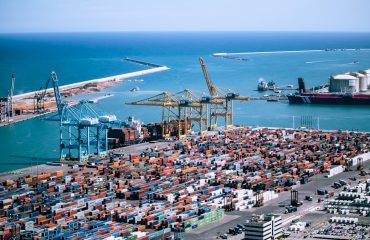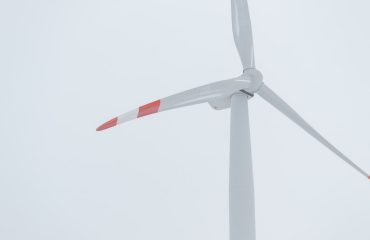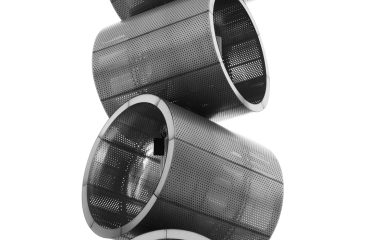Industrial steel frame projects are the backbone of modern manufacturing, warehousing, and logistics. Their robust nature, speed of construction, and cost-effectiveness make them a popular choice for a wide range of applications. This comprehensive guide will delve into the key aspects of these projects, providing valuable insights for anyone involved in the design, construction, or management of industrial facilities.
The Design and Engineering of Industrial Steel Frames
The design phase is critical for the success of any steel frame project. It involves detailed calculations to ensure structural integrity, considering factors like anticipated loads (live and dead), wind speeds, seismic activity (depending on location), and snow loads. Sophisticated software is employed for structural analysis, ensuring optimal design for strength and efficiency. This stage also includes the selection of appropriate steel grades, connection types (bolted or welded), and the overall layout of the building, incorporating considerations for future expansion or modifications. Detailed drawings and specifications are produced, forming the basis for the construction phase. Collaboration between engineers, architects, and contractors is crucial to ensure a smooth and efficient process.
Construction Techniques and Best Practices for Steel Frame Projects
The construction of industrial steel frame buildings typically involves a phased approach. First, the foundation is prepared, often consisting of concrete footings or piles, depending on the soil conditions and building load. Then, prefabricated steel components are delivered to the site. These components, often fabricated off-site for increased precision and speed, are assembled using cranes and other heavy machinery. Welding and bolting are crucial processes, requiring skilled welders and certified technicians to ensure accurate and strong connections. Quality control is paramount throughout the construction process, with regular inspections to ensure compliance with design specifications and safety standards. Efficient project management is key to maintaining timelines and budgets.
Cost-Effectiveness and Return on Investment (ROI) in Steel Frame Construction
One of the primary advantages of steel frame construction is its cost-effectiveness. The speed of construction translates to reduced labor costs and shorter project timelines. Prefabrication minimizes on-site work, reducing potential delays and associated expenses. Steel is a relatively inexpensive material compared to other construction materials like concrete, contributing to lower overall project costs. Furthermore, the long lifespan and low maintenance requirements of steel structures offer a significant return on investment over the long term. The potential for future expansion or modification is another factor that enhances the ROI, as steel structures are easily adaptable to changing needs.
Common Applications and Case Studies of Industrial Steel Frame Buildings
Industrial steel frame buildings are incredibly versatile and find application across a broad spectrum of industries. They are commonly used for warehouses, distribution centers, manufacturing plants, factories, and workshops. Large-scale storage facilities, agricultural structures (like barns and greenhouses), and even certain types of commercial buildings can benefit from the strength and efficiency of steel frames. Numerous case studies demonstrate the successful implementation of steel frame construction in various contexts, showcasing its adaptability and effectiveness in diverse climates and geographical locations. Examples might include a high-bay warehouse with automated storage and retrieval systems or a climate-controlled manufacturing facility.
Sustainability and Environmental Considerations in Steel Frame Projects
While steel production has an environmental footprint, the use of steel in construction offers several sustainability advantages. Steel is a highly recyclable material, reducing the demand for virgin resources. The durability and longevity of steel structures minimize the need for frequent replacements, reducing waste and the carbon footprint associated with demolition and rebuilding. Furthermore, the speed of construction and reduced waste generation during the construction process contribute to a smaller overall environmental impact compared to some traditional construction methods. The use of sustainable construction practices, such as minimizing energy consumption during the construction phase and incorporating energy-efficient building design features, further enhances the environmental benefits of steel frame projects. Increasingly, green steel initiatives are focusing on reducing the carbon footprint of steel production itself, further bolstering its sustainability credentials.
In conclusion, industrial steel frame projects represent a powerful and efficient solution for a wide range of industrial and commercial needs. By understanding the design principles, construction techniques, cost-effectiveness, and sustainability aspects, stakeholders can make informed decisions and leverage the strengths of steel frame construction to create durable, efficient, and environmentally responsible facilities.
SEO Tags:
- Industrial Steel Frame
- Steel Building Construction
- Steel Structure Design
- Industrial Construction Projects
- Warehouse Construction




